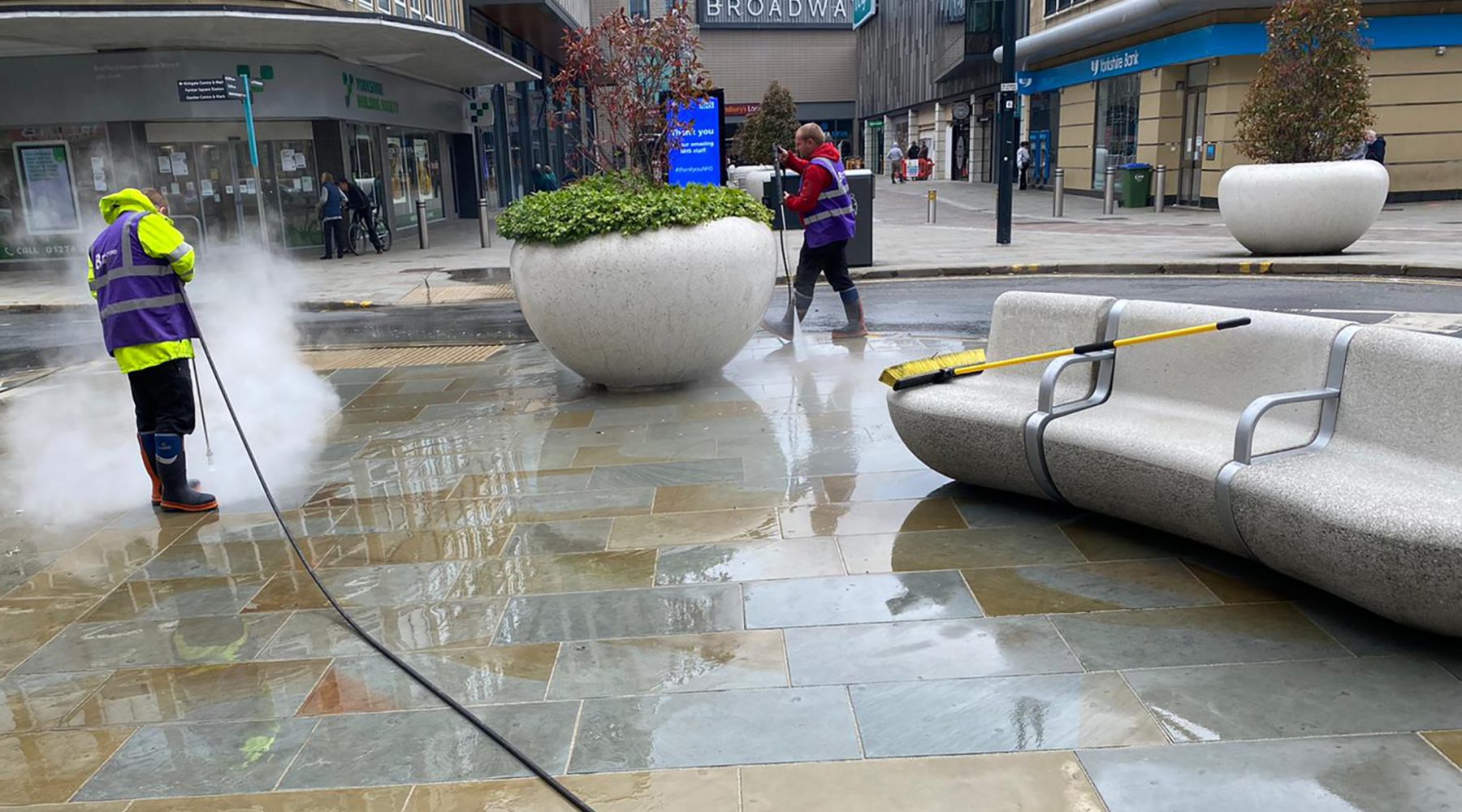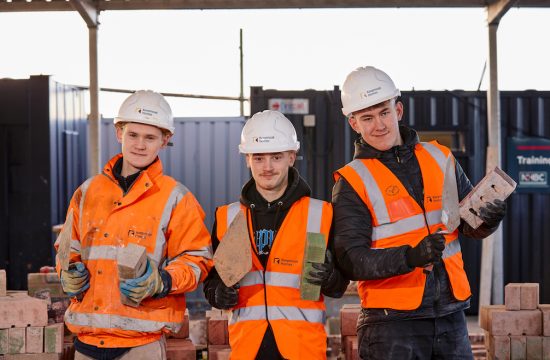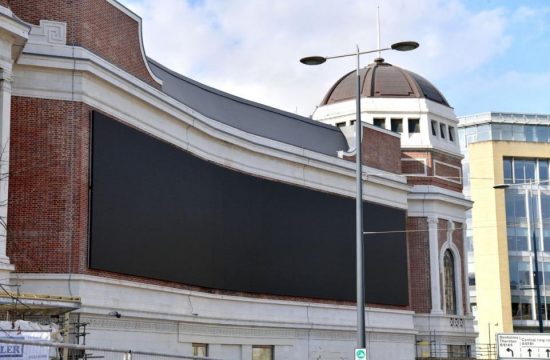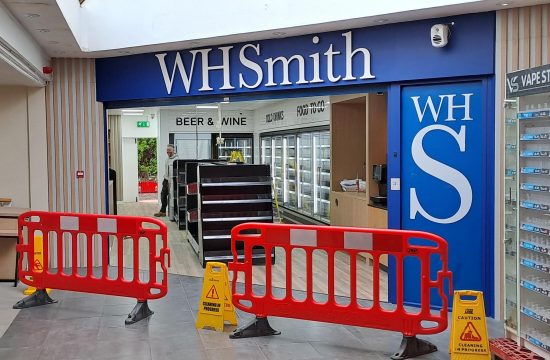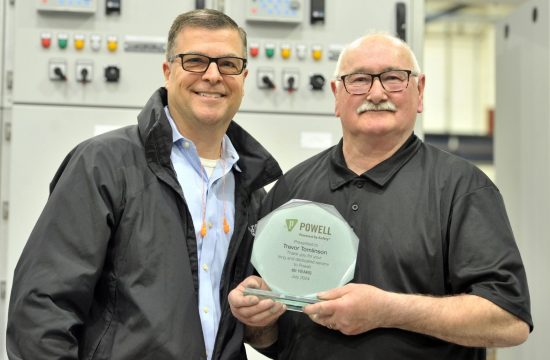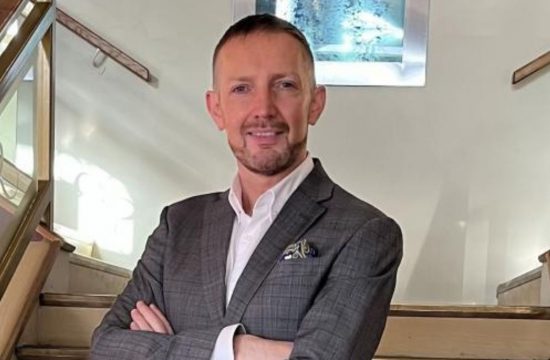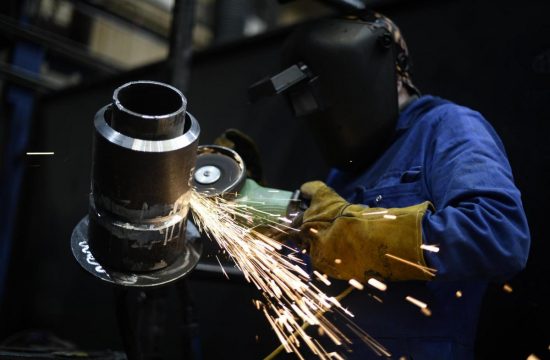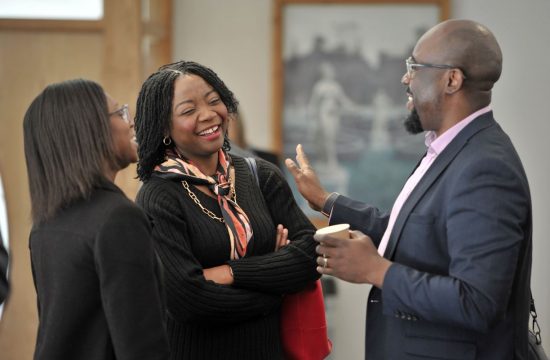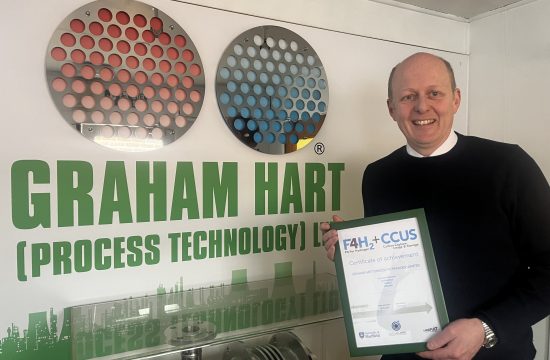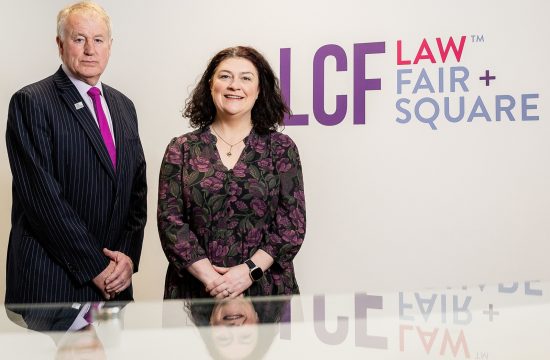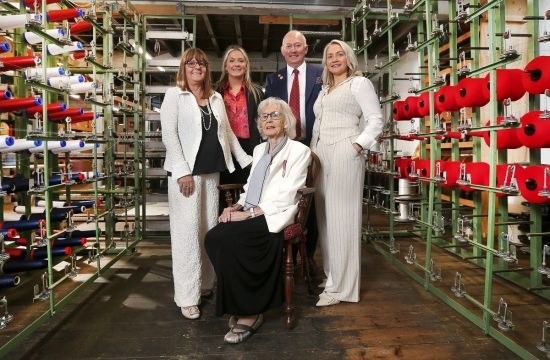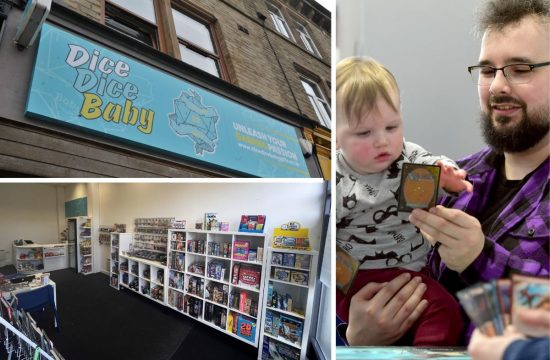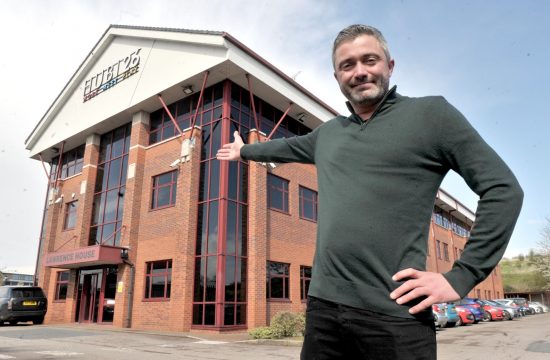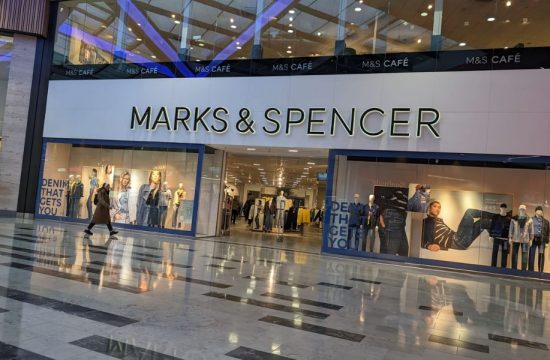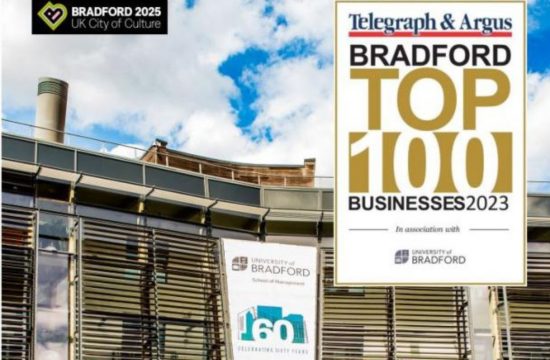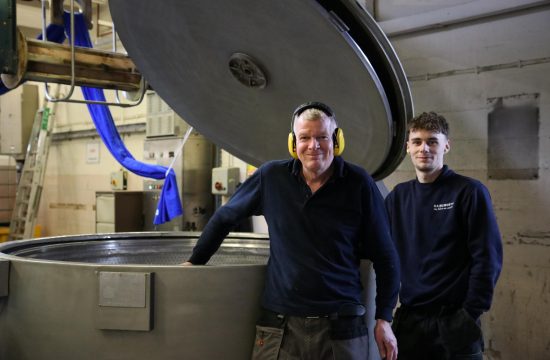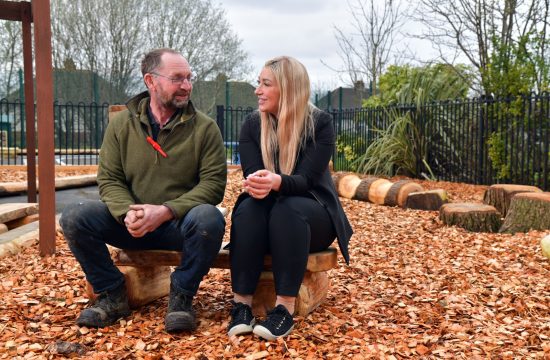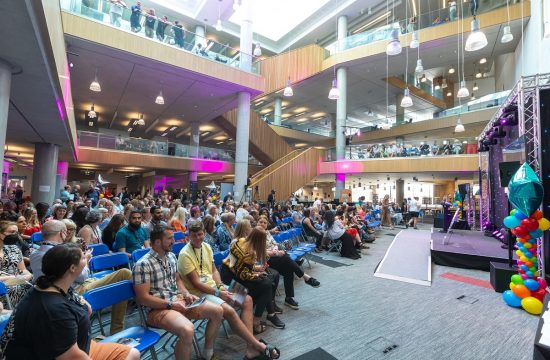The last year is one no one will ever forget. It is the year when everything changed, and everyone’s way of life shifted forever.
By Damian Holmes
Businesses, from small cafes to huge airlines, from car manufacturers to hairdressers, have all been hugely affected by the impact of Covid-19.
Figures for West Yorkshire show those claiming unemployment benefit has risen from 57,100 last March to 107,000 by the end of October, and close to 5,000 businesses went into liquidation in September and October last year.
A predicted worst-case scenario for the county could see up to 58,000 jobs lost in 2021 leading to an unemployment rate of 14% and £12 billion wiped off the value of the regional economy, according to estimates in a report to the West Yorkshire Combined Authority.
With the country back in lockdown for at least the next few weeks, it may be difficult at first to see too many positives in this picture.
But the hugely ambitious vaccination programme is now well underway, and just as science is starting to lead society back towards some sort of normality, businesses are finding their own path towards a new way of working in a dramatically changed economy.
The effects on businesses has, of course, varied considerably depending on sector and market, but flexibility and agility have been two key factors for any firm that has been able to survive.
Bradford Means Business has been speaking to business leaders in the district to get their views on the short-term impact and the long-term effect the virus will have – and how companies will now need to move forward.
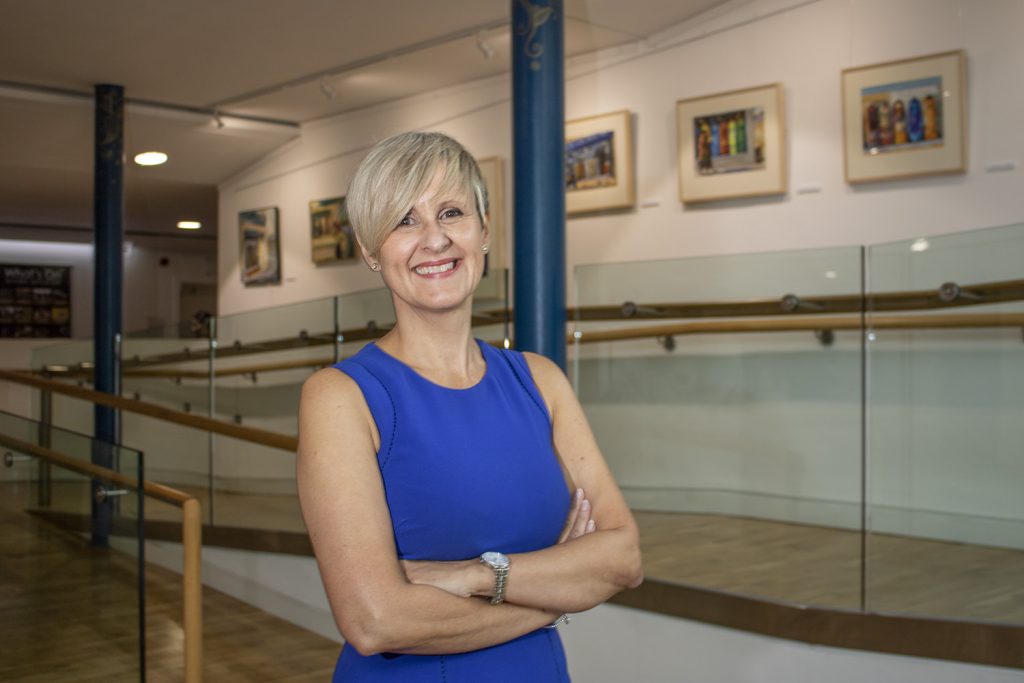
Suzanne Watson, president of Bradford and District Chamber, said: “The virus has had a significant effect on large sections of business, from production and operations, staff retention, future planning and preparation and confidence. It’s not across-the-board, of course, and many firms have been able to either keep going, or adapt their services etc, but it’s clearly going to take some time for the overall economy to get back to where it was pre-Covid.”
Asked about how businesses in the Bradford district had handled the crisis, and what issues they faced locally, she said the agility and resilience shown by manufacturers in particular had been incredible.
“Bradford has a strong manufacturing sector from textiles and air conditioning to chemical and engineering which is understandably difficult to or in some cases, impossible, to operate from home,” she said.
“However, we saw an incredible agility and resilience from many manufacturers who pivoted their operations to move swiftly from products which weren’t needed to those for which there was huge demand such as PPE, hand sanitisers and disinfectants and even the launch of new innovations such as ultra clean air systems for healthcare, school, business and retail.
“Many firms took an initial hit on sales and orders, and those trading internationally with Brexit uncertainties faced a double-whammy. However, at the same time as facing a declining financial situation, many also invested in order to continue trading – for example, updating and purchasing IT equipment so that staff could work from home.
“The second lockdown showed many had learned from the first and were able to adapt more quickly, but the stop-start nature and ongoing uncertainty does not help.
“For retail, leisure, and hospitality, who are particularly exposed, it has been an impossible road to navigate, to plan for and to protect against. But one positive of today’s ‘new normal’ is that business owners from all sectors are more able to join online networking, seminars, training, and meetings that members say are providing valuable information and the all-important emotional and practical support.
“So while I wouldn’t say that Bradford’s businesses have been more affected than elsewhere, or in different ways, it’s the prolonged length of that disruption, the necessity to adapt quickly to the lockdowns and the ongoing uncertainty into 2021 that continues to challenge all sectors and sizes of business.”
The Government has been faced with a crisis unlike any faced by any administration outside of wartime, and it has sought to mitigate the economic effects of the lockdowns and restrictions it has had to impose through billions in grants to help shore up businesses.
Ms Watson said that although there had been some issues, the support given by the Government had been gratefully received by local firms.
“This has been an unprecedented situation and one that we all hope is never repeated – but there is a light at the end of the tunnel with the vaccines.
“We know that many businesses have greatly welcomed the financial programmes offered by the Government which have clearly kept many of them afloat in this extraordinary predicament. Yes, there were gaps and errors in the support, or delays between announcements and delivery, but it has been a major operation to support and save the economy while simultaneously protecting public health, so we’re not going to be critical on that score,” she said.
“Government has listened to the Chamber network over the course of the pandemic and responded to the views of our collective membership, in particular around extending the furlough scheme and responding to the needs small businesses to access more agile loan schemes.”
Looking to the future, she said it was vital amid the talk of getting back to ‘normal’ that businesses continue to embrace the new ways of working they had to embrace to face the challenges of trading during the crisis.
“Many of our members are looking forward rather than backwards and planning a future with more blended, face to face and digital working. The pandemic has truly showcased the value of IT and forced upon us a digital adoption that some say is 10 years ahead of time,” Ms Watson said.
“’Accepting a zoom invite’ is likely to be a continued feature of daily business (although many would say a day of virtual meetings is as – if not more – exhausting as a day of in-person meetings) and with less travel comes less cost, more time and greater productivity.
“Staff are embracing – even expecting – online training and while home working is not for every business or every individual, it’s certainly less stigmatised and more recognised for the benefits it can bring for many.
“Moving forward, the future is as varied for businesses as the sectors we represent. Some of our professional services members are looking to work entirely from home in the future while retail, hospitality and manufacturing will continue to need that bricks and mortar presence. The common denominator amongst all businesses however is the recognition that ‘fleet of foot’ and flexibility are key to survival whilst living with and surviving after a pandemic.”
In terms of whether the economy could ever recover to pre-Covid levels, Ms Watson said: “There’s still some uncertainty out there but our recent research shows that confidence was growing towards the back end of last year in some sectors – more prevalent in business-to-business than business-to-consumer, but still important.
“There may also be greater recruitment activity among some businesses, so these are good signs though it’s not across-the-board.
“Businesses are now also becoming more adept and using the tools available to them, such as the Chamber network. We continue to be the voice of our members as we lobby for the support, guidance and understanding that businesses from all sectors, need to enable our district, our county and our country to fulfil its economic potential.”
For Bradford city centre, the pandemic came just as a real feeling of optimism was in the air, according to Bradford Business Improvement District
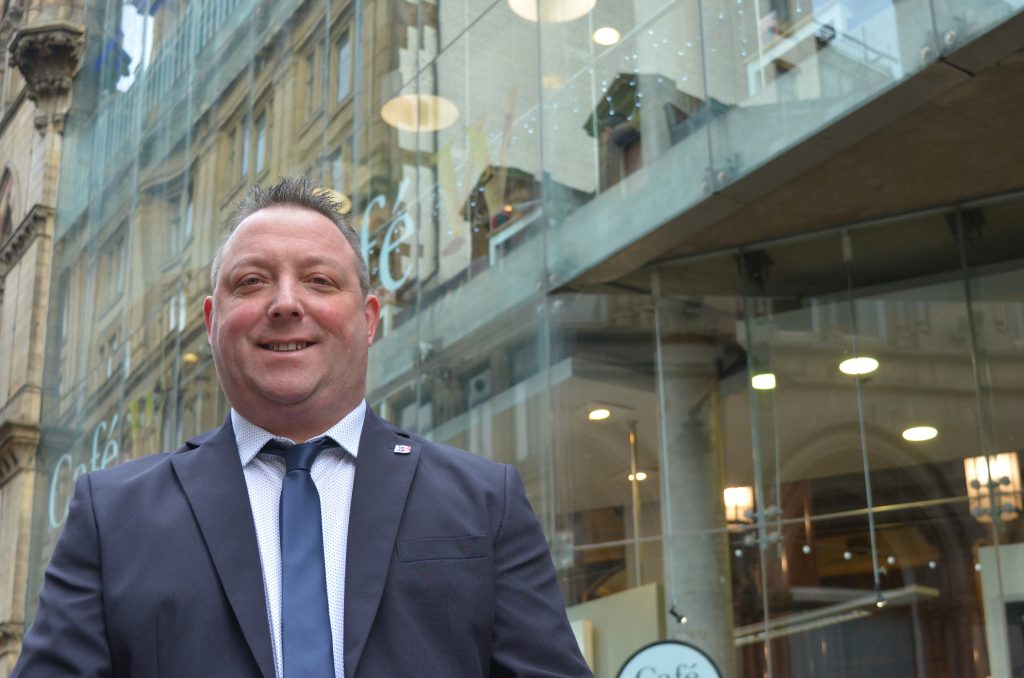
BID manager Jonny Noble said: “It couldn’t have come at a worse time, in many ways, as there was a real feeling that the city centre was starting to get back on its feet, with some genuinely positive signs for the future and a number of new developments, such as the new Darley Street Market, NEC Odeon Live and One City Park, in the pipeline.
“Those plans are all still in place, of course, but Covid-19 has given business confidence a serious knock and the third national lockdown will inevitably add to the delayed delivery and further slow down the speed of growth.
“A great deal of our time and effort as a BID has gone into talking to local businesses and providing support and guidance as to what help is available and where to find the best advice and resources. It’s clear from those conversations that, for many people, the pandemic has been a game-changer and some businesses – especially in the hospitality industry – will not be able to survive the stop-start restrictions which have hit them at crucial times and seriously hampered their ability to cover their operating costs, let alone make a profit.”
He said the Bradford BID, and others in towns and cities across the country, had an important role to play both in the helping businesses as the recovery gets underway – and in keeping shoppers and other visitors to the high streets safe
“It is well documented that towns and cities with BIDs are better equipped to recover more quickly than those without,” Mr Noble said.
The BID quickly recognised that the virus would change everything and quickly developed a plan to help businesses respond to the changed climate.
“It was clear early on that nothing would ever be the same again. To help us re-think every aspect of our work and develop a strategy for helping levy payers deal with the impact of the crisis – as well as plan for how the city centre will look in the future – we drew up a Recovery Framework, consisting of four phases: crisis, pre-recovery, recovery and transformation,” he said.
“Our local businesses have done a fantastic job of implementing policies and measures to provide a safe, socially-distanced environment for residents, customers and visitors and that will have made a considerable difference to the way the city centre will recover from the crisis.
“But the recovery part of the strategy will be with us for some time yet and, increasingly, businesses are starting to think about how the city centre will have to face the new challenges exposed by the crisis, which has seen the biggest disruption to our local economy and social life in living memory.
“They will have to be creative and imaginative to develop and deliver the improvements to the goods and services they offer, and to work with partners, such as the BID and the Council, to bring about the changes to the environment and the nature of the city centre that customers will demand following their time in lockdown and under the Tier restrictions.
“The city centre and its businesses and leisure attractions will need to evolve to provide a different experience, a more rounded and varied package of interactions, encounters and entertainment to encourage people to want to spend time here and we’re confident that with the right leadership, support, imagination and resources we can create something more enticing and sustainable for everyone.”
Roger Marsh OBE, Chair of the Leeds City Region Enterprise Partnership, said their estimates showed that the pandemic could leave West Yorkshire’s economy the size it was before 2000 – effectively wiping out two decades of growth and progress.
But he said there were reasons for optimism. “West Yorkshire is an attractive region for investment. In recent months, the LEP has seen strong interest from many employers looking to establish or grow a presence here. Indeed, West Yorkshire is increasingly being seen as the preferred UK location for many businesses.”
Innovative new business practices brought in by necessity, such as online shopping or restaurants branching out into takeaways, would stand the region in good stead.
“Looking ahead to 2021, we’re under no illusions that next year will be a challenge like no other,” Mr Marsh said.
“With unemployment set to rise further, we can only hope that the mass roll-out of vaccines is a literal and figurative shot in the arm for people’s confidence and the economy. If we can return to something close to normal then we might hope the recovery, when it comes, may be stronger and more rapid than is currently being predicted.”




